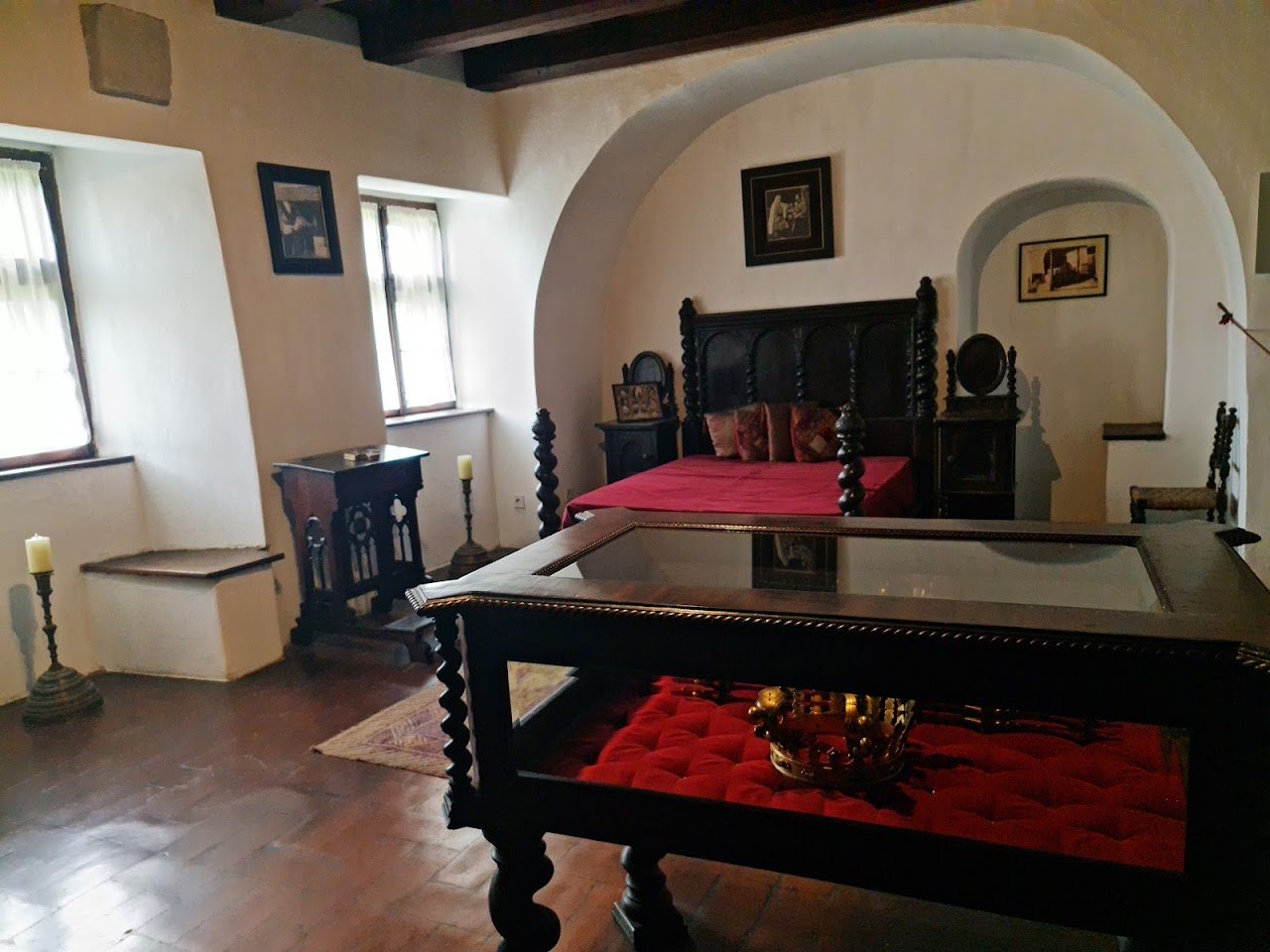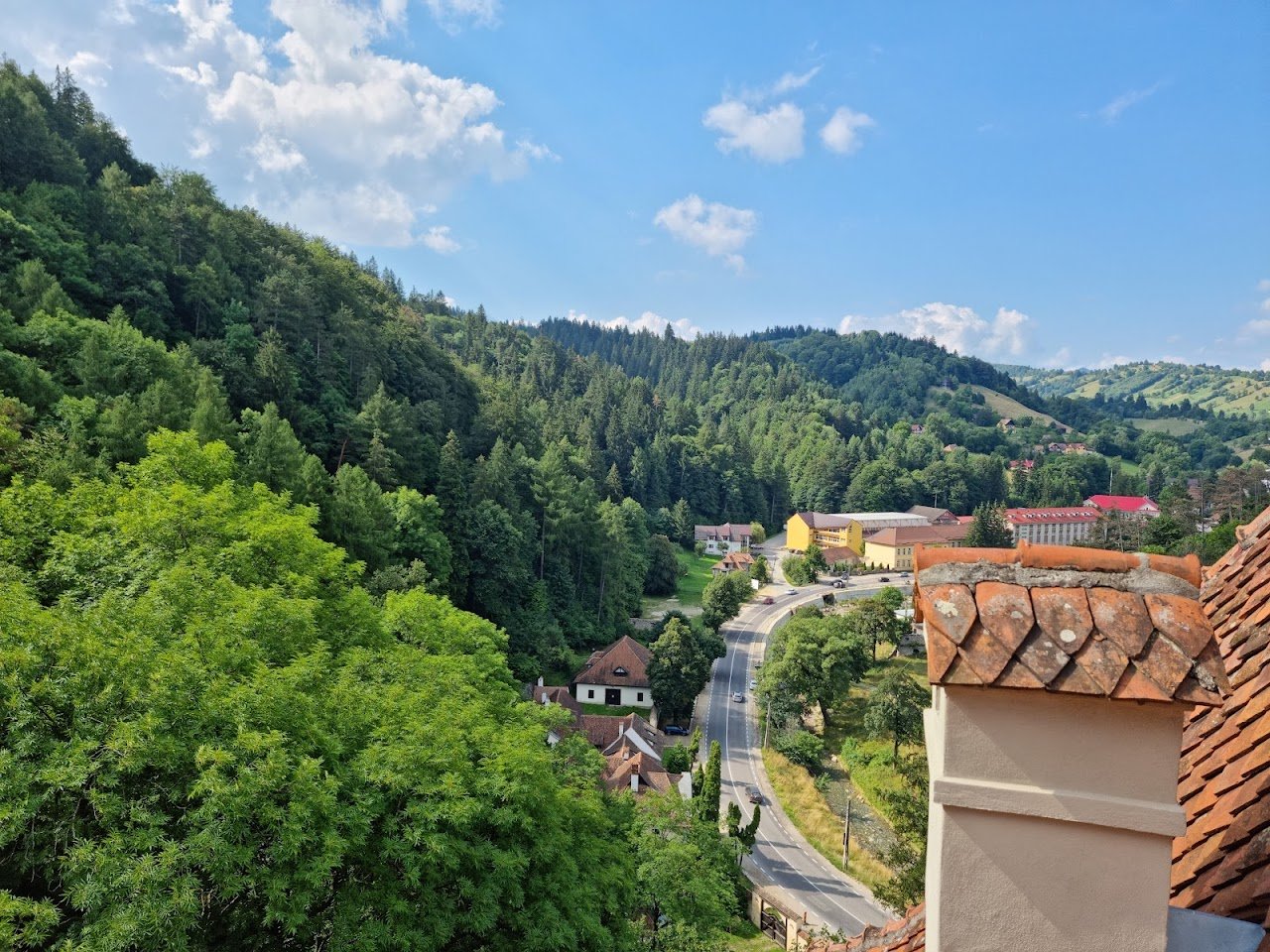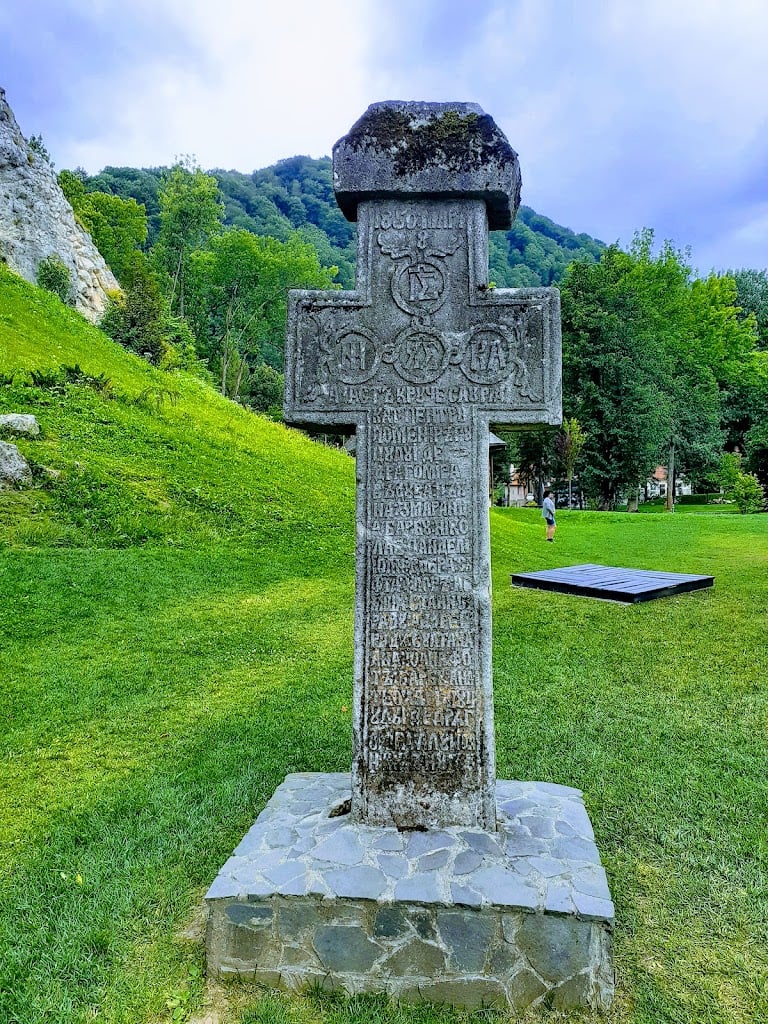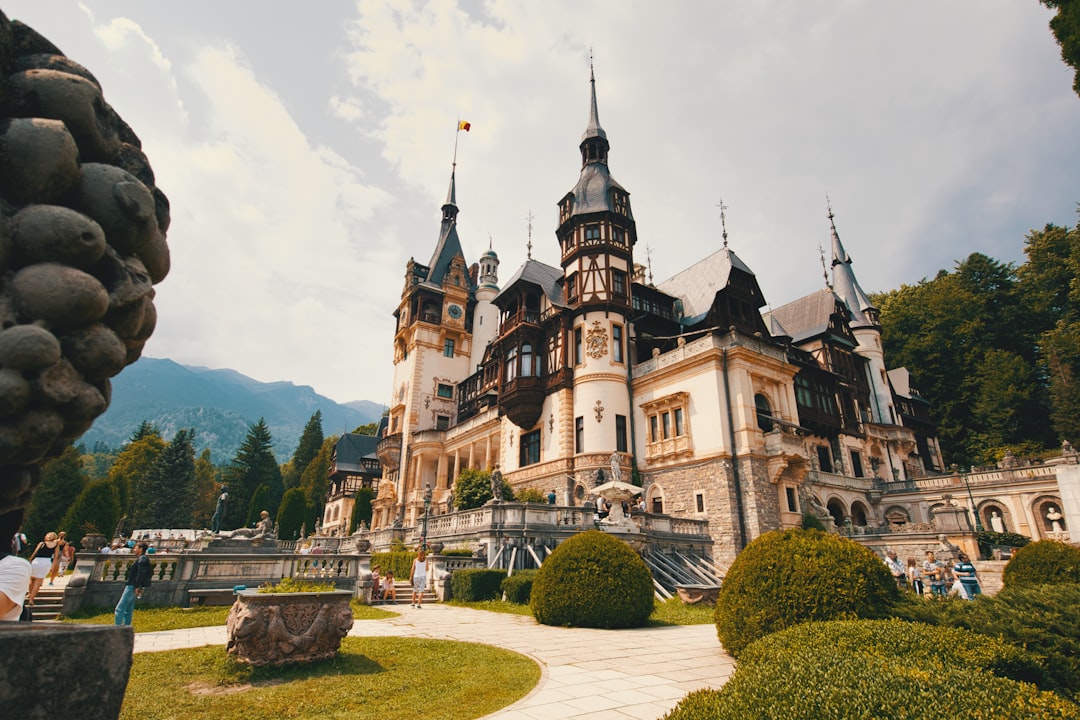Bran Castle





Ask ThatchGPT
Suggest a local expert to plan my trip
Suggest an unique itinerary for my Romania trip
What foods do Romania locals eat
What are some true hidden gems in Romania
Help me brainstorm trip ideas for Romania
Help me plan a family-friendly trip to Romania
What people say
Pierluigi Tucci
Available for hire
"Obviously one of the first things that tourists are recommended to see is the Dracula's Castle, whose original name is Castello di
Bran. It is built on top of the rock and is open to tourists every day, except Monday, from 9am to 5pm. There are many stories
some disturbing ones associated with the castle and this is also due to the large influx of tourists who visit the Castle every day
of Bran.
But it would certainly be reductive to define Bran only with the castle. In fact, a truly unmissable thing for tourists is a visit
of the historic center of Bran and its characteristic streets. The “Country of Dracula” is small, but is home to hotels, restaurants and
a little further outside the village there are also beautiful rural houses typical of the area. Visit this country in winter
it can be an excellent idea, given the natural landscape which during the cold season is filled with snow; at the same time,
during the hot season the plains become green and the landscapes acquire an even greater charm.
Lovers of walking, woods and excursions will absolutely not be able to avoid taking the famous little road
outside the village of Bran, which connects the latter to Rucar. It is the DN 73 motorway, which between uphills and downhills allows tourists to experience the
magical moments: pine trees, livestock, small cabins, streams and many other places to stop. But there is no place in Bran that is not
shrouded in mystery: many legends also concern the DN 73 motorway, including the presence of evil spirits who
they would demonstrate to passers-by only at sunset.
If we always want to stay in the internal area of the village, we can visit the Bran Gardens, adjacent to Dracula's castle.
The evening atmosphere is truly top notch, in which the small lanterns with orange light light up, giving life to a very beautiful landscape.
suggestive, with Dracula's Castle in the background. Another visit that should not be missed is the one at the Bran Castle Museum, where
there are many important elements of the history of these villages, as well as collections of weapons, knives, various sculptures and works
of different types of art. It is a castle whose tradition is little linked to the famous Count Dracula, although it seems that
the latter stayed there for two weeks."
Read more in:
Pedro Pereira
Available for hire
"In the year 1212, the knights of the Teutonic Order built the castle from Dietrichstein timber as a fortified position in the region of Ţara Bârsei, at the entrance to the valley through which merchants had traveled for over a millennium, although this building was destroyed, in 1242, during the Mongol Invasion of Europe.
The first document that mentions Bran Castle is an act issued by Louis I of Hungary, dated November 19, 1377, by which the king granted the Saxons of Kronstadt (Braşov) the privilege of building a stone citadel; the Bran facility began to develop in the neighborhood. The castle was first used in defense against the Ottoman Empire in 1378, and later became a customs post on the mountain pass between Transylvania and Wallachia. The castle belonged, for a short period, to Mircea I of Wallachia.
Prince Vlad Tepes, called "Vlad the Impaler", who served as the historical inspiration for Count Dracula, the main character in the novel Dracula, by Irish writer Bram Stoker, who used this castle on several occasions for military purposes during his reign , in the 15th century. Vlad Ţepeş is believed to have spent days locked in dungeons while the Ottomans controlled Transylvania. The association with this ruler, combined with its pointed towers and its remote location, has earned the castle fame, as the place constitutes a perfect setting for a horror film.
From 1920, the castle became a royal residence of the Kingdom of Romania. It was the main residence of Queen Mary of Romania, and is extensively decorated with artefacts from her era, including traditional furniture and tapestries that she collected to highlight Romanian crafts and skills. Upon her death, which occurred in 1938, the castle was inherited by her daughter, Princess Helena of Romania. In 1948, after the end of the Second World War and the expulsion of the royal family from the House of Hohenzollern-Sigmaringen, the castle was occupied and nationalized by the communist regime, having been transformed into a museum."
Andreea Cutov
"Bran Castle, famously linked to the legendary Dracula. With its distinctive towers and stone walls, Bran Castle boasts a medieval charm. As you ascend the castle's towers, be prepared for breathtaking panoramic views of the surrounding Carpathian Mountains.
While the castle's true connection to the historical Dracula, Vlad the Impaler, remains debated, the folklore surrounding Bran Castle have forever intertwined with the vampire myth.
Constructed in 1377, Bran Castle initially served as a strategic fortress guarding the mountainous pass against invading forces.
🕰️ Open daily from 9 am to 4 pm
📅 Monday from midday to 4 pm
💸 Tickets priced at 60 RON (Approximately 12 EUR / 14 USD)
🚗 Just half an hour by car or a convenient one-hour bus ride
"
Read more in:
Mentioned in these guides
About Bran Castle
Get the inside scoop on Bran Castle from local experts, travel creators, and tastemakers. Browse genuine trip notes, Bran Castle reviews, photos, travel guides, and itineraries from real travelers and plan your trip with confidence.
Website
Phone
Save this spot for later or start mapping out a new trip today
Try our AI Travel Assistant and get instant answers to any questions about your trip.
Ask ThatchGPT


